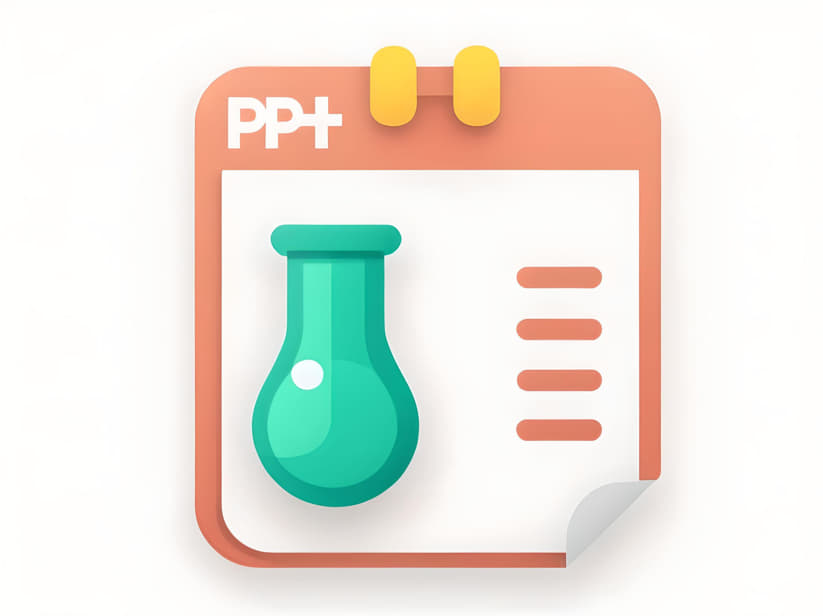
Pharmaceutical regulatory bodies are governmental or quasi-governmental agencies responsible for overseeing the development, manufacturing, distribution, and marketing of pharmaceutical products. These agencies set standards, enforce regulations, and conduct inspections to ensure compliance with safety, efficacy, and quality standards.
United States Food and Drug Administration (FDA)
The FDA is one of the most influential regulatory bodies in the pharmaceutical industry globally. Based in the United States, the FDA regulates pharmaceuticals, medical devices, biologics, food, and cosmetics. It reviews new drug applications, conducts inspections of manufacturing facilities, and monitors the safety and efficacy of marketed products through post-market surveillance.
European Medicines Agency (EMA)
The EMA is the regulatory agency responsible for evaluating and approving medicines in the European Union (EU). Headquartered in Amsterdam, the Netherlands, the EMA assesses the quality, safety, and efficacy of medicinal products through centralized, decentralized, and mutual recognition procedures. It collaborates with national regulatory agencies across EU member states to ensure harmonized standards.
Health Canada
Health Canada regulates pharmaceuticals, biologics, and medical devices in Canada. It evaluates drug submissions, conducts pre-market reviews, and monitors post-market safety and effectiveness. Health Canada works closely with provincial and territorial authorities to oversee pharmaceutical manufacturing, distribution, and advertising within Canada.
Pharmaceuticals and Medical Devices Agency (PMDA)
The PMDA is Japan’s regulatory agency responsible for pharmaceuticals and medical devices. It evaluates new drug applications, conducts post-market safety assessments, and promotes pharmaceutical innovation while ensuring public health and safety. The PMDA collaborates with international regulatory agencies to facilitate global drug development and harmonization of standards.
China National Medical Products Administration (NMPA)
The NMPA, formerly known as the China Food and Drug Administration (CFDA), oversees pharmaceutical regulation in China. It reviews new drug applications, monitors drug safety, and conducts inspections of manufacturing facilities. The NMPA plays a crucial role in regulating both domestic and imported pharmaceutical products to ensure quality and compliance with Chinese regulatory standards.
Therapeutic Goods Administration (TGA)
The TGA is Australia’s regulatory agency responsible for regulating therapeutic goods, including pharmaceuticals, medical devices, and biological products. It evaluates new drug applications, monitors product safety, and enforces compliance with Australian standards through pre-market assessments and post-market surveillance.
Pharmaceuticals Regulatory Affairs in India (CDSCO)
The Central Drugs Standard Control Organization (CDSCO) is India’s national regulatory agency for pharmaceuticals and medical devices. It reviews drug applications, grants marketing approvals, and oversees drug manufacturing and distribution practices to ensure product quality and patient safety. The CDSCO collaborates with state regulatory authorities to enforce regulatory compliance across India.
World Health Organization (WHO)
The WHO plays a critical role in global health by setting international standards for pharmaceuticals and promoting regulatory harmonization among member states. It provides technical assistance to strengthen national regulatory capacities, prequalifies essential medicines for procurement by United Nations agencies, and monitors global trends in pharmaceutical regulation and safety.
Importance of Regulatory Compliance
Pharmaceutical regulatory bodies play a pivotal role in safeguarding public health by ensuring that medicines are safe, effective, and of high quality. Compliance with regulatory standards is essential for pharmaceutical companies to obtain market approval, maintain product integrity, and protect consumers from potential risks associated with substandard or counterfeit medicines.
Navigating the regulatory landscape of the pharmaceutical industry requires understanding the roles and responsibilities of regulatory bodies worldwide. From the FDA in the United States to the EMA in Europe and the NMPA in China, regulatory agencies play a crucial role in ensuring the safety, efficacy, and quality of pharmaceutical products. By adhering to regulatory requirements and collaborating with global agencies, pharmaceutical companies can contribute to public health and innovation while meeting the evolving demands of regulatory compliance. Understanding the regulatory framework helps stakeholders navigate the complexities of drug development, approval, and market access, ultimately benefiting patients and healthcare systems worldwide.